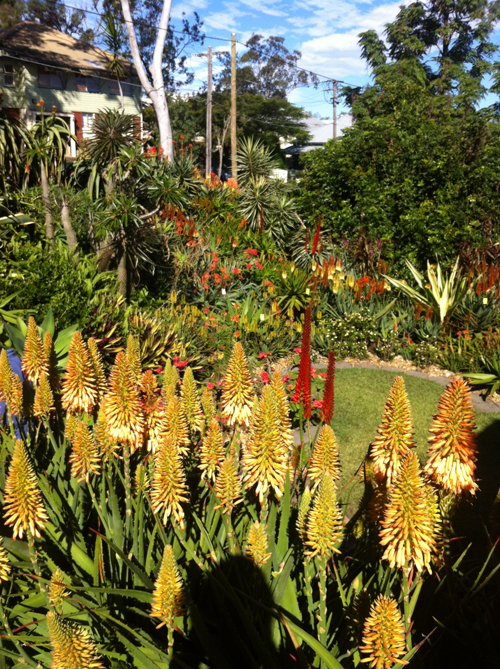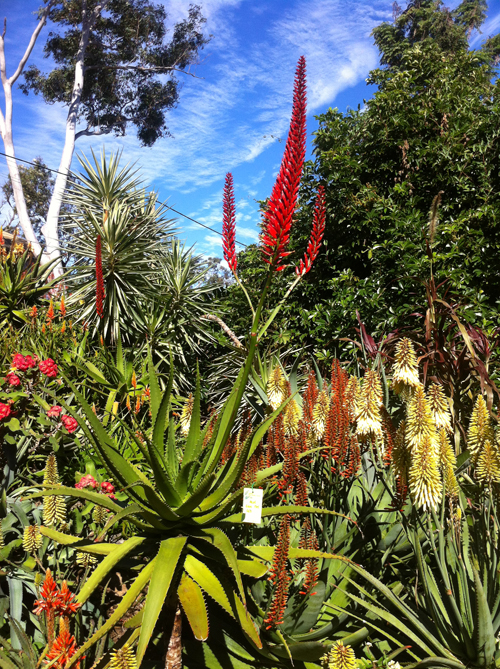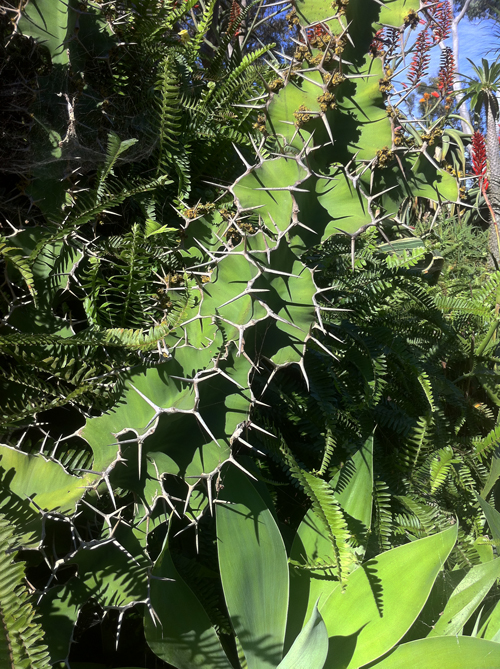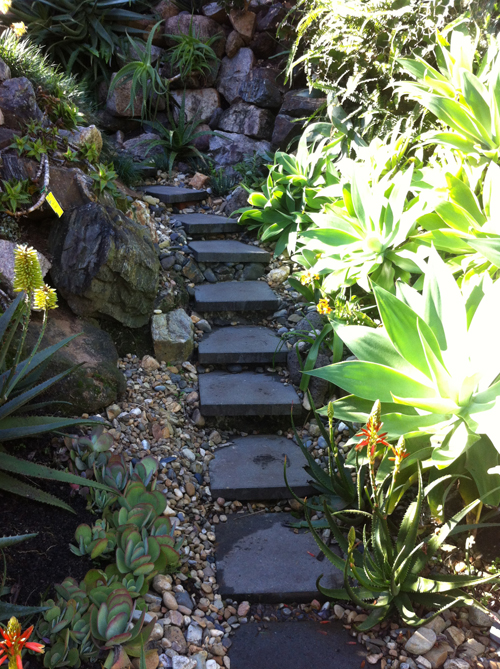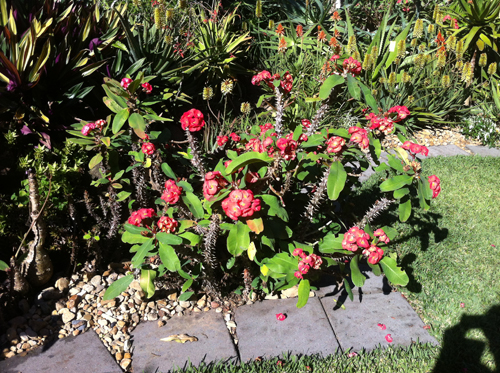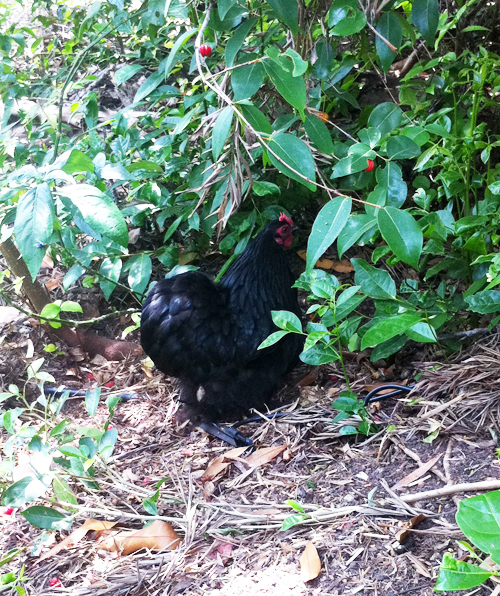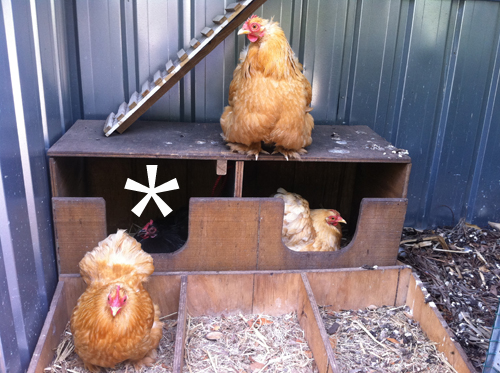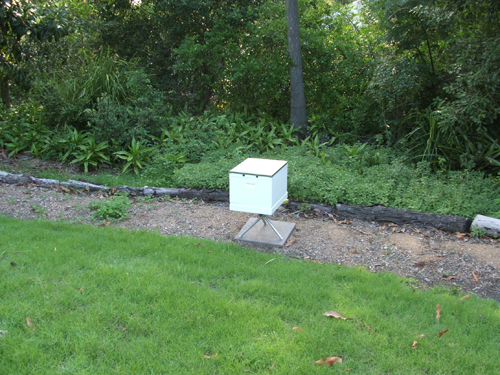Muscari or Grape Hyacinth - those little garlic sized bulbs that often turn up when weeding I'm glad to see they have survived last summer's hasty re-burial in this spot.

Apricot, the first of the espaliered trees to blossom, though the frosts that are sure to follow will usually spoil any chance of these flowers developing into fruit - this sight is charm enough.
Two survivors, Blue Fescue grass and Rosemary - looks like I should plant more of these.



